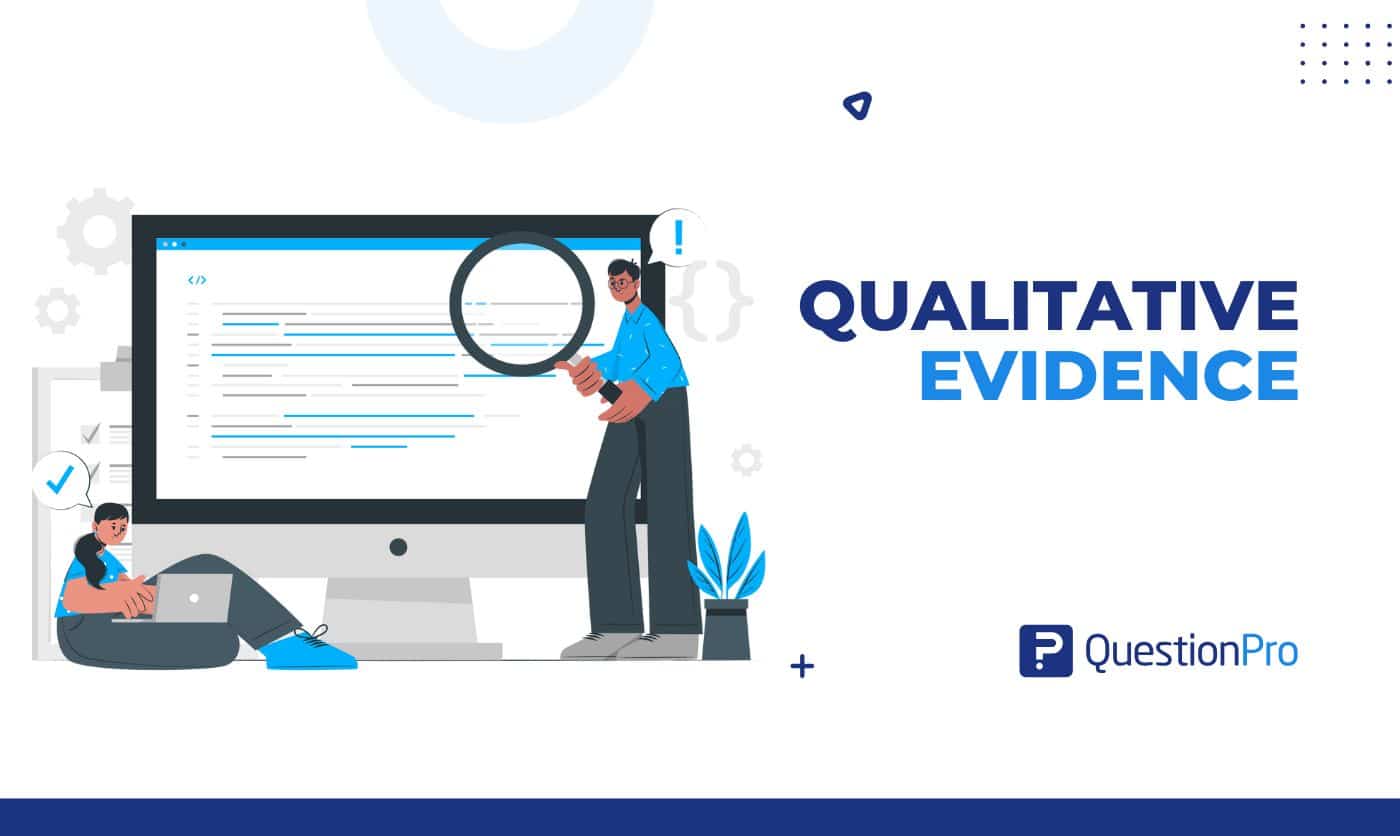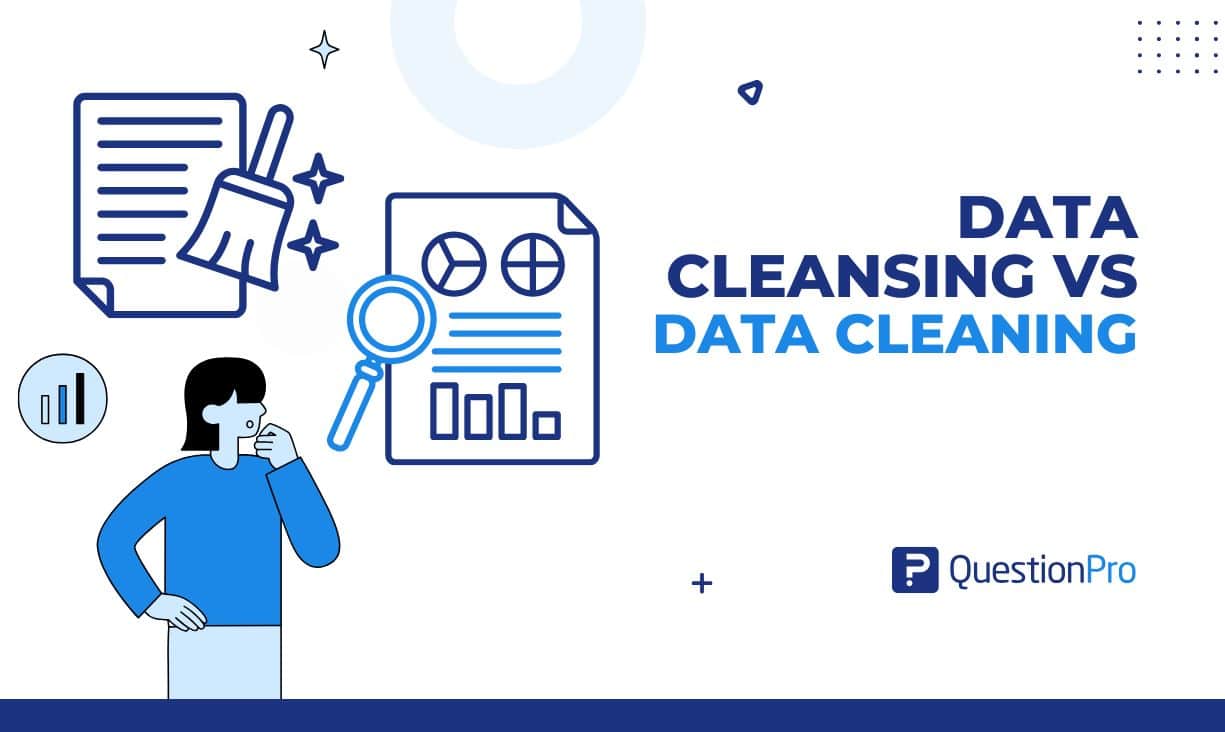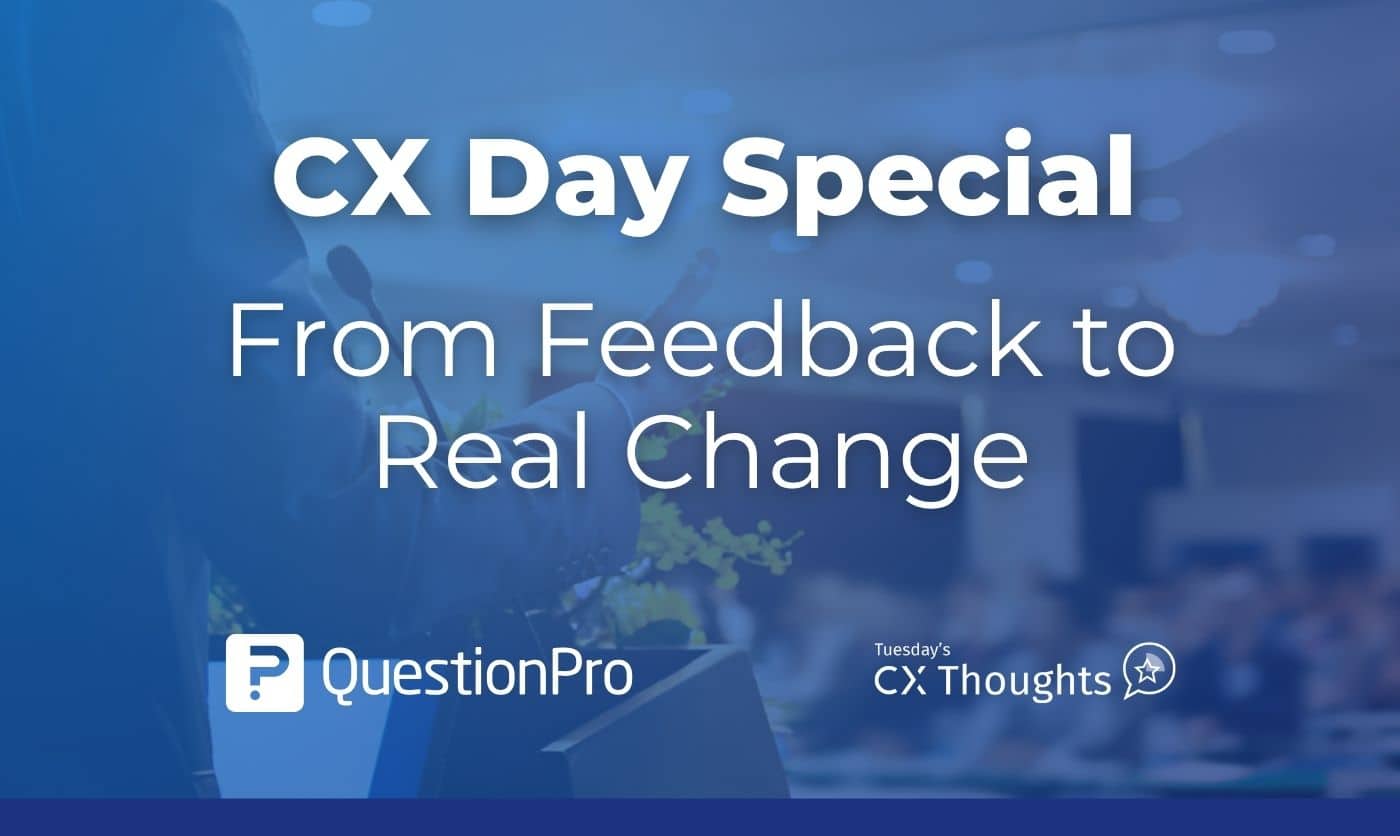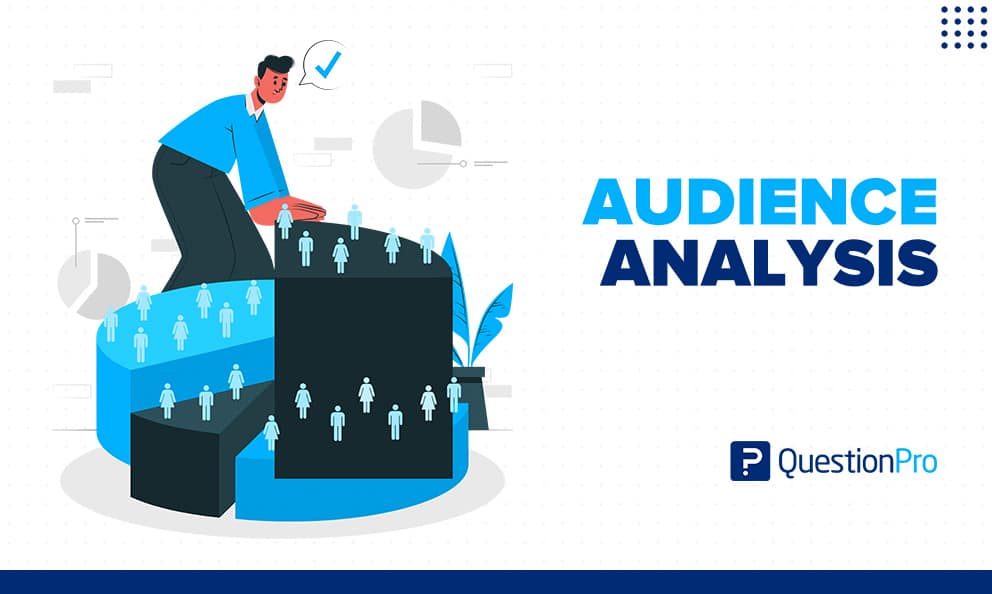
It can be hard to figure out who your audience is and what they want, both in business and beyond. You can use audience analysis to learn more about your audience and how to serve them better.
To reach your full potential, you must improve your analysis of the audience skills. In the age of online, it is easier than ever to capture audience data. If you perform this analysis, you can figure out your effective audience and reach your maximum potential while keeping them in mind. In this article, you will learn about the analysis of the audience, its types, and its uses.
What is audience analysis?
Audience analysis is the method of obtaining information about the people in your audience to better understand their wants, needs, values, and attitudes.
It would be best if you first defined your target audience by determining their demographics, such as their gender, age, and where they live. After you’ve defined the potential audiences, you’ll be able to narrow the list down to a single target group for in-depth analysis.
Intended analysis of the audience has always been key to a successful business. Because of advanced technology, this process is perhaps simpler than ever before. Companies now have easy access to a wide range of audience information via social media channels.
If you can turn all that data into clear insights about your audience and what they care about, you can design a better business strategy.
Types of audience analysis
There are three types of audience analysis:
- Demographic analysis
- Psychographic analysis
- Situational analysis.
Let’s look at these types!
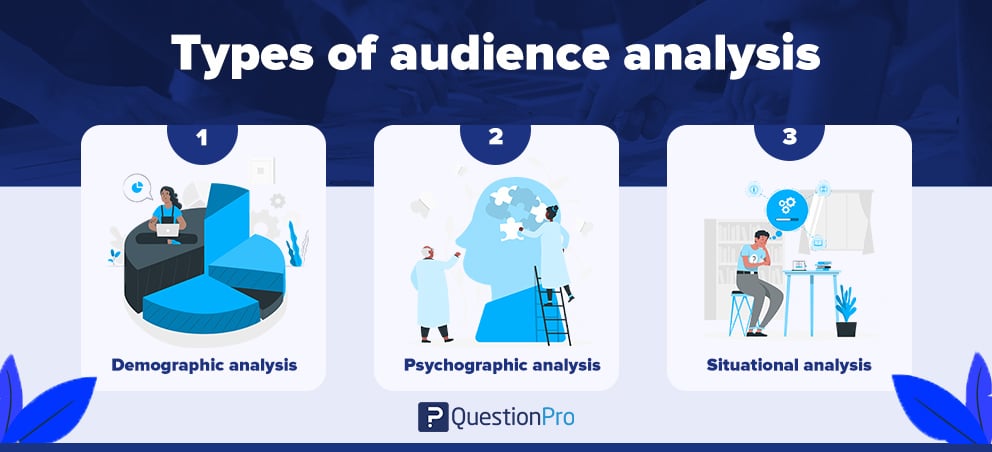
-
Demographic analysis
Demographic data include things like gender, age range, marital status, race and ethnicity, and socioeconomic status. You probably already know how many male and female students are in your public speaking class, how old they are roughly, and so on.
But how can you figure out who will be in an audience if you have never talked to them? Most of the time, you can ask the person or group that asked you to speak. They can probably tell you a lot about the types of people who are expected to come to hear you.
No matter what method you use to collect demographic information, be respectful from the start. For example, if you want to know if people in the audience have ever been divorced, you should know that not everyone will want to answer your questions. You can’t demand that they do it. And you can’t just guess why they don’t want to talk about it. You have to give them some space.
- Age is not just a number, as it can tell a lot about a person. For example, teens and people in their 20s have no memory of wars or living under a totalitarian regime.
- Even in the same culture, women and men have different experiences based on their gender. For instance, women are often kept out of jobs that are thought to be better suited for men.
- Religions are also very different: Christianity, Judaism, Buddhism, Islam, Hinduism, and many more. Even within Christianity, there are Roman Catholic, Mormon, Jehovah’s Witnesses, Orthodox (Greek and Russian), and many Protestant denominations.
- In the demographic analysis, the level and type of education are also essential factors. An airplane mechanic gets a very different education and training than an accountant, musician, or software engineer. Fraternities and sororities, sports teams, campus organizations, political parties, volunteer work, and cultural communities all shape how we see the world.
- Lastly, their jobs affect people’s ideas and interests because most appointments are misunderstood in many ways. For example, many think teachers work eight hours a day and get the summer off.
By doing demographic data analysis, you can find out a lot about your customers, as you can see. The best part is that many tools make it easy to do this analysis. For example, if you run ads on Facebook or Google, these platforms already have a way for you to study your audience that you can use.
-
Psychographic analysis
Demographic information is pretty clear and easy to check, but psychographic information is not that easy to understand. A psychographic analysis looks at things like values, beliefs, opinions, and attitudes. Even though two people say they don’t buy junk food, they might have very different ideas about what foods are “junk food.”
Audiences will likely already know two main things: what you’re talking about and your brand. Psychographic segmentation can show how your audience is limited by the ideas they already have. If you know about these ideas ahead of time, you can write your message in a way that fits them.
- There may be misconceptions or stereotypes about your topic that people already know. When you do your audience analysis, include questions that show how much your audience already knows about your case. Try to find out if they have any stereotypes, oversimplified ideas, or biased beliefs about it. This could change the message you want to send and how you want to send it.
- On the other hand, pre-existing ideas about your brand are more about how customers see you at first. But it would be best if you focused on meeting the needs and interests of your audience, not on changing their minds about you or managing your image.
Google Trends is one way to do a psychographic analysis. Google Trends can be used to find the latest trends, but it can also be used to track marketing performance.
LEARN ABOUT: Level of Analysis
-
Situational analysis
In the realm of more traditional forms of speech, situational aspects of an audience include the audience’s size, attitude toward the speaker, prior knowledge of the topic, and occasion.
In the world of digital marketing and media, this refers to the size of your preferred audience, their attitude towards your product/company, their prior knowledge, and the websites or social media channels. They view your advertisements or interact with your products and services by this.
It is more challenging to collect this information when your audience is geographically dispersed because you are not addressing the audience directly at this time. But, similar to a world leader delivering a speech, it is essential to learn how to engage potential customers online, especially in a world of limitless options and audience information.
Uses of audience analysis in your business
Any successful marketing campaign must analyze audience data. Even creating your target audience teaches you about yourself and your smart goals. By understanding your target audiences, you can adapt your messaging to meet their needs and analyze a product’s flexibility in different contexts. Below are two uses of audience analysis:
-
Customer behavior
By doing audience analysis, you’ll learn how your customers act offline and online. With audience data from social media, you can see what other products and personalities people like. That will helps you figure out what they want.
For example, instead of just figuring out who is most likely to go to a spa, analysis tells you what kinds of treatments people are most likely to want based on the stressors in their lives. Once you have this information, you’ll be able to predict better what services to promote to which groups. This will help you be more successful in the long run by speaking to each person’s needs instead of painting with broad strokes.
-
Taking risks
There is always a time when a company or small business must decide to grow. Taking risks is a critical component of this growth. But you don’t want to take uninformed risks. With the right audience analysis questions, you can determine what risks are likely to pay off.
For example, if your audience data shows that most of your customers are younger, making changes to fit the needs of that group (like creating a product that is cheaper, more eco-friendly, etc.) helps ensure growth. On the other hand, if the people you want to reach are less tech-savvy, an interesting newsletter sent through email might work better than a social media campaign.
LEARN ABOUT: Social Communication Questionnaire
Conclusion
In our global, online society, your audience may be spread out around the world. This connected world has lots of audience data. It can be hard to determine customer beliefs and preferences without immediate crowd feedback.
Using social media sites, audience profiles, and understanding where your purchases come from can help with audience analysis. Knowing your audience enables you to make smart choices and save money.
In the end, we had a clear idea of what data analysis is, what types there are, and its uses. Now it’s time to make changes in your organization to match. For your good, we suggest you use QuestionPro, which is much more than survey software. We have a solution for every specific problem and industry.
We also offer data management platforms, like our Insights Hub research repository.




